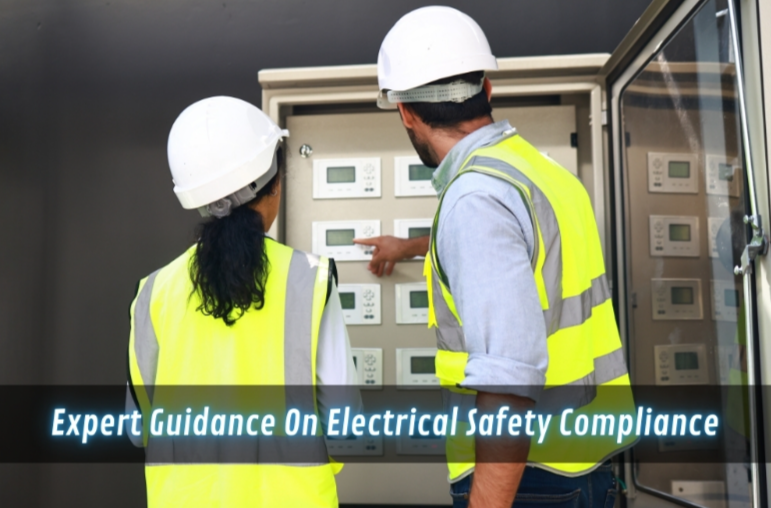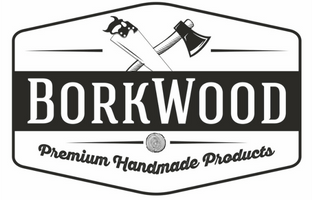Expert Guidance On Electrical Safety Compliance
Imagine a hot summer in Melbourne, and the air conditioner in each office is cranked up to cool everyone down. But what about the electrical system running those fundamental appliances? Will they be good enough? Among all the scurry and run, electrical safety often gets buried beneath, but neglecting it has disastrous consequences. Faulty wiring, damaged equipment, or poor testing can lead to fires, injury, and even death. It is not just a legal duty for businesses to be aware of the electrical safety regulations and follow them. Still, it’s an essential duty of care to protect your employees, clients, and, ultimately, your business. If you want help with compliance, you can reach out to a trusted test and tag expert in Melbourne. This article will take you into the world of experts on how to tackle the complexities of electrical safety compliance, making your workplace safe and compliant.
Essential compliance measures for electrical safety

An efficient framework of legislation and standards supports electrical safety in Melbourne. These regulations aim to help minimise the risk of electrical incidents and make workplaces safer for everyone. The primary compliance issues are as follows:
- Regular testing and tagging: This consists of examining portable electrical equipment through tests for any type of damage or fault. In turn, such equipment, upon undergoing a successful test, is tagged with a label specifying the date on which the test has been carried out and when it will be due again to ensure tracking of any impending hazard well before any potential risk factor crop-up.
- RCD testing: The RCD is a lifesaving device that cuts the supply very quickly in case of an electrical fault. It needs to be tested periodically to ensure that it functions correctly and offers satisfactory protection.
- Fire extinguisher inspections and maintenance: Although not directly related to electrical safety, fire safety is deeply connected with electrical safety. Fire extinguishers should be inspected periodically to ensure that they are available for use in case of electrical fires and can suppress them quickly and effectively.
- Testing of emergency and exit lighting: In case of an emergency, there must be some good functioning lights available that would escort or direct any individuals into the open air; frequent testing is put in order and confirmation of such apparatus concerning standards requirements.
Read also: Närkes Elektriska
Navigating the electrical safety landscape
The electrical safety scene is quite complex, with a whole lot of dos and don’ts that one has to adhere to. Some of the key elements, which businesses of any size must become aware of, include:
- Australian standards: Compliance requires adhering to relevant Australian Standards for in-service safety inspection and testing of electrical equipment. These standards provide detailed guidelines on testing procedures, intervals, and record-keeping.
- Energy Safe Victoria (ESV) regulations: ESV is the independent regulator responsible for electricity, gas, and pipeline safety. Businesses should comply with ESV’s laws, which cover simple to complex electrical safety aspects.
- Record keeping: All electrical testing and maintenance must be accurately recorded to prove compliance and as evidence if an incident occurs.
Mitigating electrical hazards in the workplace
A proper electrical safety program shall involve proactive hazard identification and elimination. A number of the more common electrical hazards include:
- Damaged cords and cables: The insulation of frayed, cut, or damaged cords and cables exposes live wires, which may create a severe risk of electric shock. Thus, damaged cords and their replacements should be inspected periodically.
- Overloaded power outlets: Too many devices plugged into one power outlet overload the circuit. Overheating may cause fire outbreaks.
- Water and electricity: Since water is a good conductor of electricity, any form of contact between water and electric equipment can lead to accidents. Water should not be allowed to drop on electric equipment.
- Poor earthing: Proper earthing provides a safe path for electrical current to flow to the ground in case of any fault, hence preventing electric shock.
Best practices for workplace electrical safety compliance
Good practices will go a long way toward ensuring the risk of electrical incidents and electrical safety compliance are minimised. These include:
- Regular testing and inspection: Establish a regular regime for electrical testing and tagging and testing of RCDs, among other necessary tests.
- Training of employees: There is an increasing need to effectively train employees in the safety of electricity and the identification of dangerous situations.
- Competent electrical workers: This means that all electrical activities should be left to the properly licenced and registered electricians. In such a way, the work is done correctly and according to the proper standard of safety.
- Signage and labelling: Clear signage and appropriate labelling for electrical hazard identification are essential in communicating their risks to guests and employees through the safety information displayed.
Industry-specific electrical safety regulations
Although the general electrical safety rules may apply to all workplaces, the nature of operation in specific industries may dictate additional peculiarities. Examples include:
- Construction: Building sites have heavy machinery operating on them and often temporary electrical installations. Special precautions must be observed in such areas.
- Hospitality: Special electrical considerations exist in commercial kitchens and food preparation because of the involvement of water and high-powered appliances.
- Manufacturing: The manufacturing environments involve complicated electrical systems and machinery that demand specific safety measures.
Understanding and adhering to these regulations of each industry would be necessary to save business owners from notices and ensure a safe workplace.
Conclusion
Electrical safety compliance is not about ticking some boxes; instead, it is an inherent responsibility of every business. With proper understanding and implementation of compliance measures required, mitigating hazards, and best practices, a company will be able to offer a safe and compliant working environment to all. Taking electrical safety seriously can help a business save lives, avoid litigation issues, and minimise financial losses while saving its brand reputation. With this proactive approach towards electrical safety, a safer and brighter future for businesses and their employees will be guaranteed. While this information provides an excellent foundation, your specific circumstances may mean it is always best to consult qualified electrical professionals for advice on particular issues related to your business. This would ensure that your workplace is safe and productive, not just meeting the minimum requirements but genuinely so.

